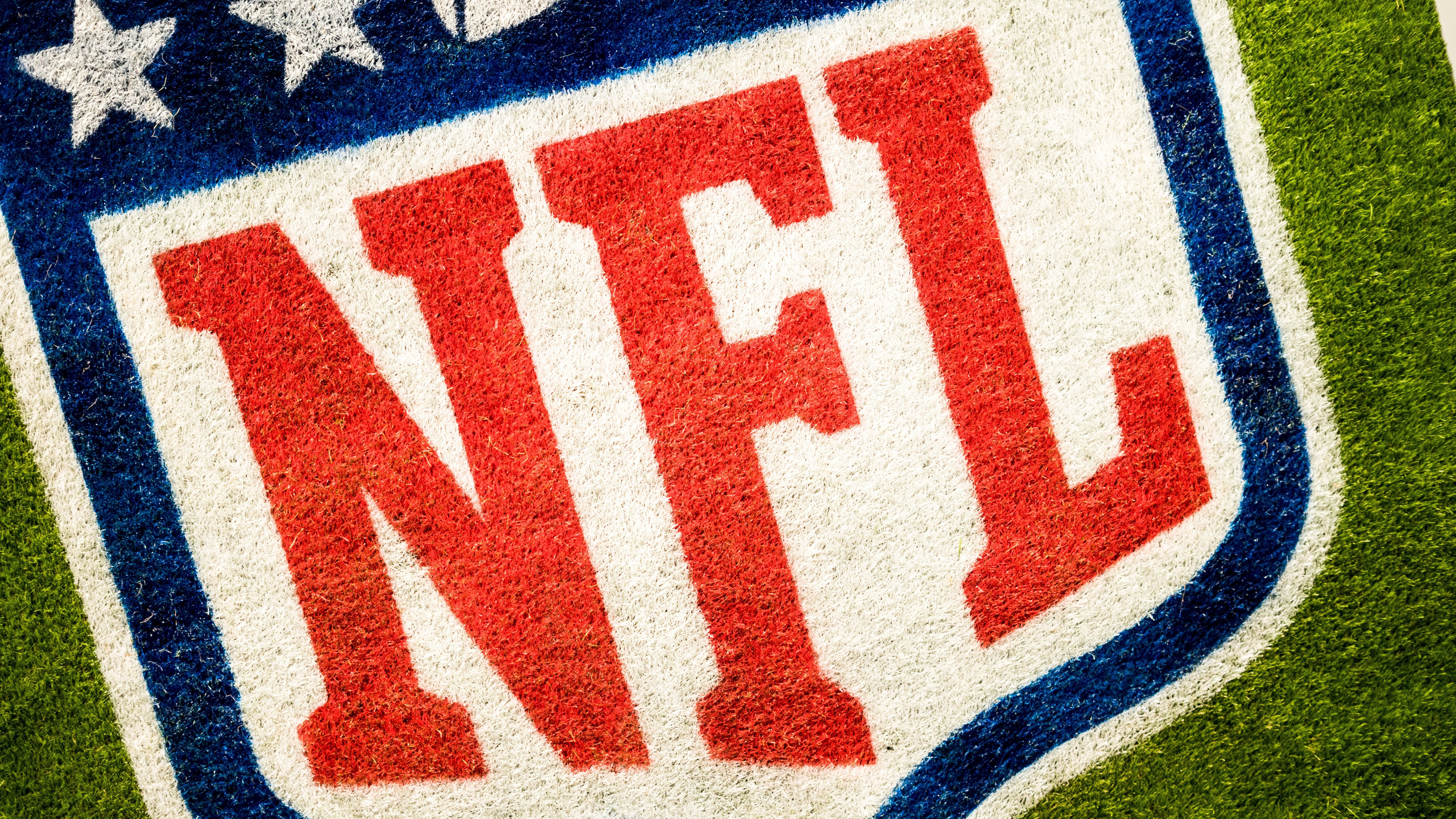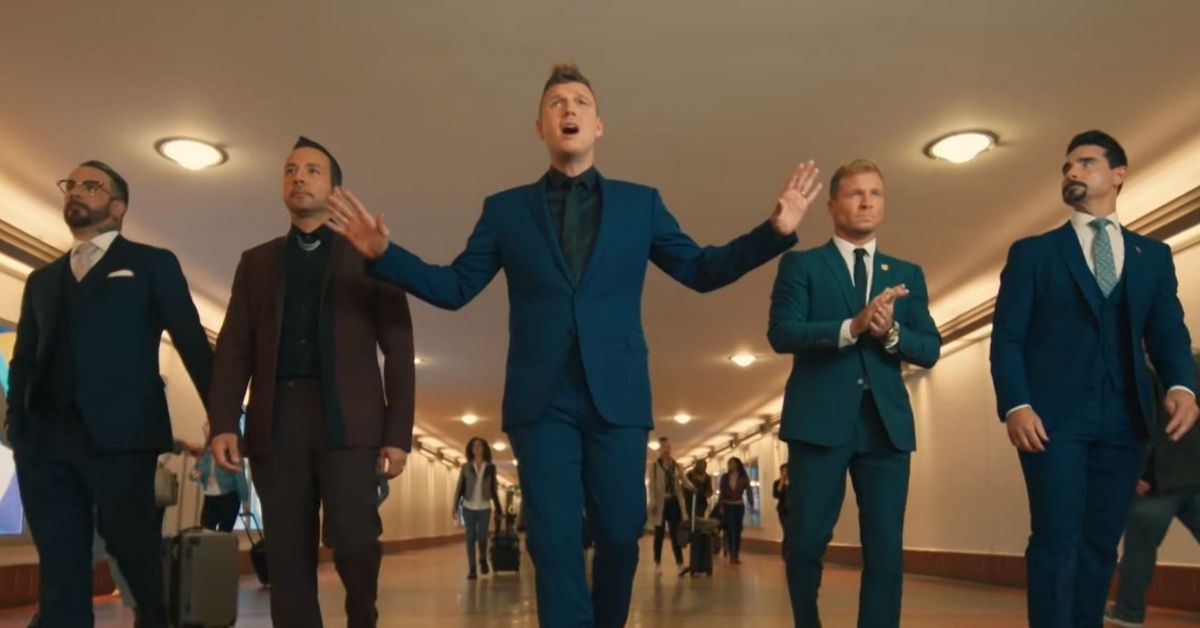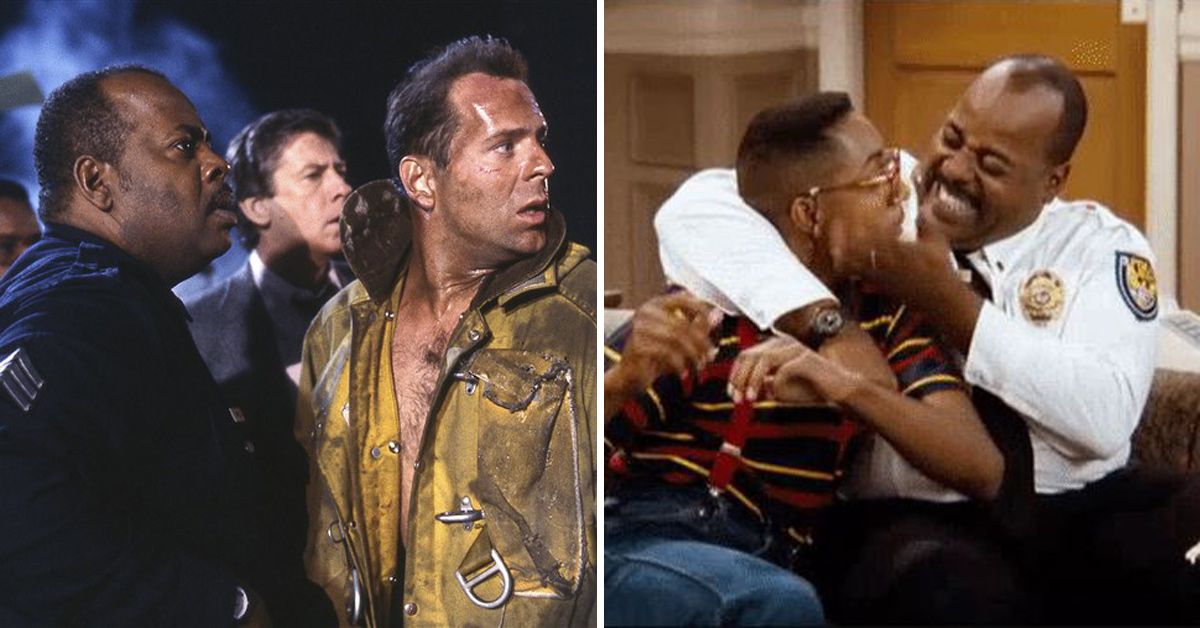
90s | 80s | Pop Culture
7 Ads We Grew Up With That Would Definitely Get Banned Today

Every company can tell you that satisfying the public is one of the hardest parts of brand management. One way to reach out to existing customers while drawing in some new ones is through advertisement campaigns. Companies have tried all sorts of techniques and creative angles to sell their products to us, they've toyed with our feelings and pulled at out heartstrings more times than we'd really like to admit.
However, there have been times when they've also made us feel extremely uncomfortable by crossing the line. Some brands, like Calvin Klein, have pushed the envelope so far that they've had to take the fight to court.
The 80s and 90s were very weird decades, and advertisers took it as an opportunity to go where no other has gone before. Let's take a look back at a few of ads that would definitely get banned today.
Calvin Klein
1980
Calvin Klein has not been immune to controversy since launching their denim and underwear lines. The brand first found itself in hot water after featuring a 15-year-old Brookie Shields in overtly sexy advertisements.

Photographer Richard Avedon took a snaps of Shields posing in interesting positions while wearing the skin-tight designer jeans. The campaign was accompanied with provocative tag lines, including one where Shields asks, “Do you want to know what comes between me and my Calvins? Nothing!”
The scandalous ad was almost immediately banned from airing on some of the nation's biggest networks, including ABC and CBS, because it insinuated that the teen was not wearing any underwear.
When Klein was asked why he opted to market his denim line in that fashion, he replied, “Jeans are sex.” He added, “The tighter they are, the better they sell.”
A court battle and child exploitation accusations weren't enough to stop the brand from continuing to produce provocative ads.
1995

Fifteen years after Shields's headline-making ad campaign, Calvin Klein was back in the news for their jeans posters, some of which features teenage models posing in a setting that many critics described as something out of a cheap X-rated film. As expected, the brand had to cancel the campaign, which had already started to appear on buses and billboards.
1999
In 1999, Calvin Klein planned to unveil a giant billboard in Times Square to draw attention to its children's underwear line. The ad featured two boys, each around the age of 6, in their boxers and briefs. It's safe to say the campaign did not go far.

After an article by The New York Times, the company received massive backlash from the public and children's advocate groups.
''The comments and reaction that we have received today raised issues that we had not fully considered,'' the company said at the time. ''As a result, we have decided to discontinue the campaign immediately.''
NEO-GEO
In an attempt to stay away from the "traditional" video game adverts, SNK Home Entertainment Inc. decided to try a new strategy for their NEO-GEO ad in the early 90s.

"He used to play all night with me. Hot action, fantasy games...you name it," read the excerpt that accompanied the magazine ad. "Now he says his NEO-GEO gives him more, plus major league sports, ninja warrors, and flame throwing enemies. Can you do that? he asks."
People weren't as affected by the ad as they were with the Calvin Klein campaigns, but the company was accused of being sexist for the way it portrayed women.
United Colors Of Benetton
Another company that's built a reputation for making controversial ads is United Colors of Benetton. In 1990, they used a photo of David Kirby, who was pictured lying in bed dying of AIDS, for their ad campaign.

The iconic photograph, which was taken by journalism student Therese Frare and initially published in LIFE magazine was been regarded by many as a symbol for the epidemic, which was very misunderstood at the time.
People have argued that Kirby's dignity was taken away once the photo was used by UCB to sell clothes and promote their brand. However, UCB's creative director at the time, Oliviero Toscani, responded to the critics by saying that the campaign was created to shed light on "issues that advertisers don’t normally want to deal with." Kirby's father sided with Toscani, and the ad continued to circulate.
SEGA
At one point in the 90s, SEGA just wanted to stand out from the competition, but it all when downhill once they released one very distasteful ad.
The creative team behind this marketing campaign may have been simply trying to be cleaver and make a pun, but that's not how some people saw the edgy ad. Although it was allowed to run, some members of the public took it to mean SEGA was promoting and supporting domestic violence. It also didn't help that the tagline was "SEGA the game is never over," which insinuated that the virtual violence could become a reality. It's safe to say this ad would not go over well today.
Nintendo
In 1997, Nintendo ran a risque ad for their Game Boy Pocket and it backfired. The magazine ad featured a woman tied to a bed post, while a man (we only see his hands) is distracted by playing with a Game Boy Pocket.

Leo Burnett, the agency responsible for creating the ad insist that the woman had a "frustrated" look on her face, but many readers thought otherwise. "Terrified" is what many people used to describe the woman, and after several complaints to the Advertising Standards Authority (ASA), Nintendo was forced to withdraw the ad.
“When you look at [our] ad in the context of the environment it appeared in, it’s exactly in keeping with the editorial pages which, I would say, go further than we did." explained Nintendo's account director at Leo Burnett. "The nature of the complaints misinterpreted our intent — to show the woman as frustrated, not terrified.”




